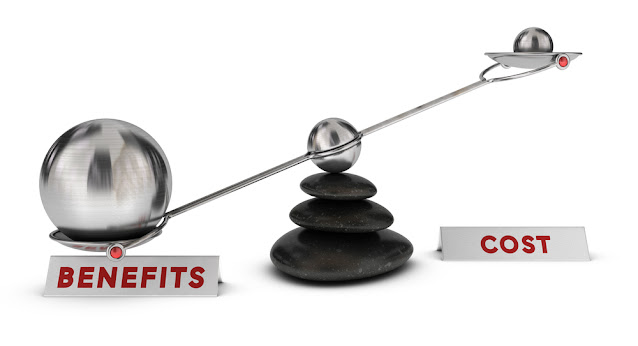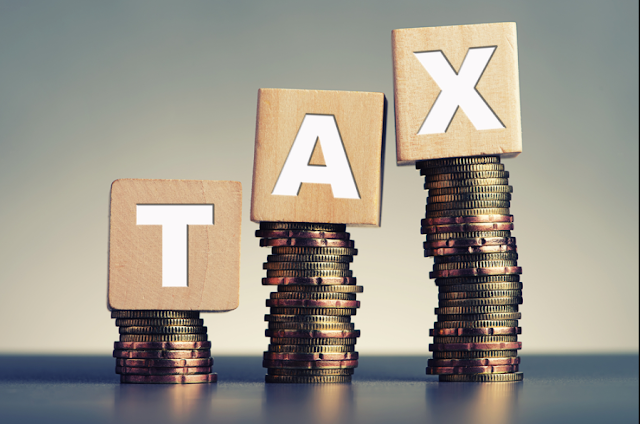What Is a Cost-Benefit Analysis and How Does It Work?
A cost-benefit analysis is a systematic method used by companies to determine which decisions should be made and which should be avoided. The cost-benefit analyst adds up the possible benefits of a situation or intervention and subtracts the cumulative costs of taking the action. Some cheap small business accountants create models that put a monetary value on intangible things like the advantages and costs of living in a particular town.
Knowing How to Do a Cost-Benefit Analysis
When designing a new plant or implementing a new project, prudent administrators perform a cost-benefit analysis to determine all of the project's future costs and revenues. The study' results will decide whether the project is financially viable or whether the organization can pursue another project.
In certain models, the opportunity cost is factored into the decision-making process as part of the cost-benefit analysis. Alternative advantages that could have been achieved if one choice had been selected over another are known as opportunity costs. In other words, the opportunity cost is the value of an opportunity that is foregone or lost as a result of a choice or decision. When opportunity costs are taken into account, project managers may weigh the advantages of alternate courses of action rather than just the existing direction or option in the cost-benefit analysis.
The cost-benefit analysis is more rigorous and allows for better decision-making as both choices and future lost opportunities are considered.
The Process of Cost-Benefit Analysis
Compiling a detailed list of all the costs and benefits associated with a project or decision should be the first step in a cost-benefit analysis (CBA).
The following expenses can be incurred as part of a CBA:
- Direct costs of manufacturing include direct labor, inventory, raw materials, and manufacturing expenses.
- Electricity, administration operating costs, rent, and utilities are examples of indirect costs.
- A decision's intangible costs, such as the effect on consumers, staff, or delivery times.
- Alternative investments or the cost of purchasing a plant over constructing one are examples of opportunity costs.
- Costs associated with future threats such as regulatory risks, competitiveness, and environmental implications.
Benefits might include:
- Increased revenue and sales from increased production or a new product may be among the advantages.
- Intangible benefits include increased employee safety and morale, as well as increased customer loyalty as a result of better product offerings or faster delivery.
- As a result of the decision, competitive advantage or market share was acquired.
Many of the items on the cost-benefit list should be monetarily measured by an analyst or project manager, taking particular care not to underestimate costs or overestimate benefits. When assigning a value to all costs and benefits for a cost-benefit study, a conservative approach with a deliberate attempt to eliminate any subjective tendencies when calculating figures is best.




Comments
Post a Comment